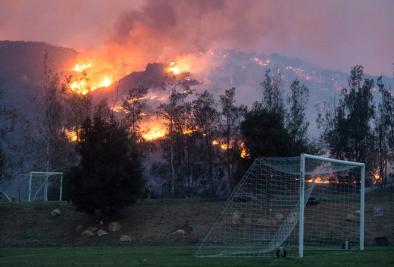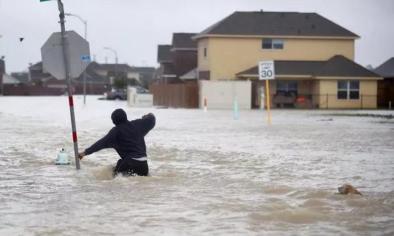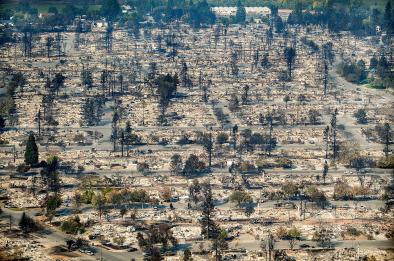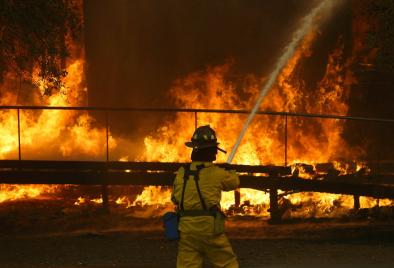Wildfires Still Burn in Northern California; 11 Are Dead
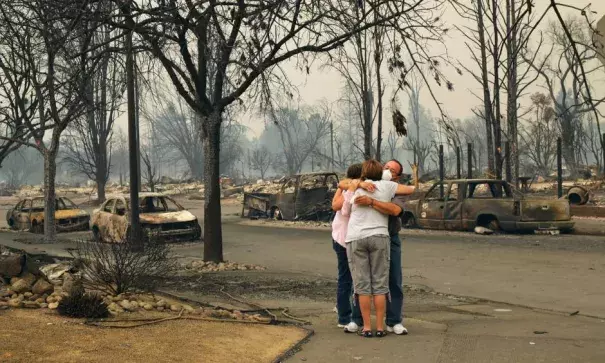
Wine country was shrouded in a thick layer of smoky haze here on Tuesday as firefighters continued to battle wildfires that have left at least 11 people dead and have damaged or destroyed more than 1,500 structures, including wineries, homes and resorts.
Seventeen separate fires, the first set of which began Sunday night, were estimated by state fire officials to have burned about 94,000 acres over eight counties.
...
The worst fires in Northern California tend to hit in October, when dry conditions prime them to spread fast and far as heavy winds, known as north winds or diablo winds, buffet the region.
Residents of the American West are already experiencing a particularly brutal wildfire season, one that has caused thousands to flee their homes, turned buildings to charred skeletons and spread a thick smoke across hundreds of miles — just as people in coastal areas of the country have battled the floods and winds of hurricanes.
As of Oct. 6, wildfires had raced through 8.5 million acres, well above the last decade’s average of 6 million per year.
While burned acres have not surpassed a 2015 record, experts say this year is concerning because so many of the fires have raged close to population centers, rather than in remote wild lands. Response crews have sometimes had to focus on saving homes over fighting fires, said Jessica Gardetto, a spokeswoman for the federal Bureau of Land Management, stretching emergency efforts thin.
She attributed this to a growing number of people living at the edge of nature, an area known to forest fire experts as the urban-wildland interface.
In recent decades, fire seasons have grown longer, more frequent and more destructive, something scientists attribute in part to increased dryness caused by climate change. (Scientists from the University of Idaho and Columbia University wrote in one study published last year that climate change had caused more than half of the dryness of Western forests since 1979.)
The confluence of expanding development and warming temperatures has intensified a discussion among policy makers about how the nation will protect people from fires going forward — and how it will find the money to do so. Already, 2017 has been the most expensive fire season on record for the U.S. Forest Service, with fire-suppression costs exceeding $2 billion.
Related Content
